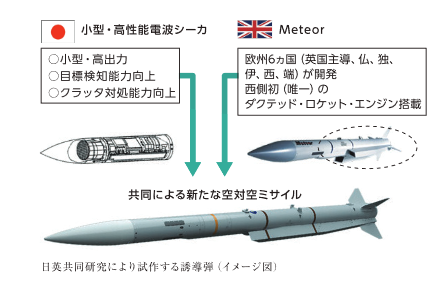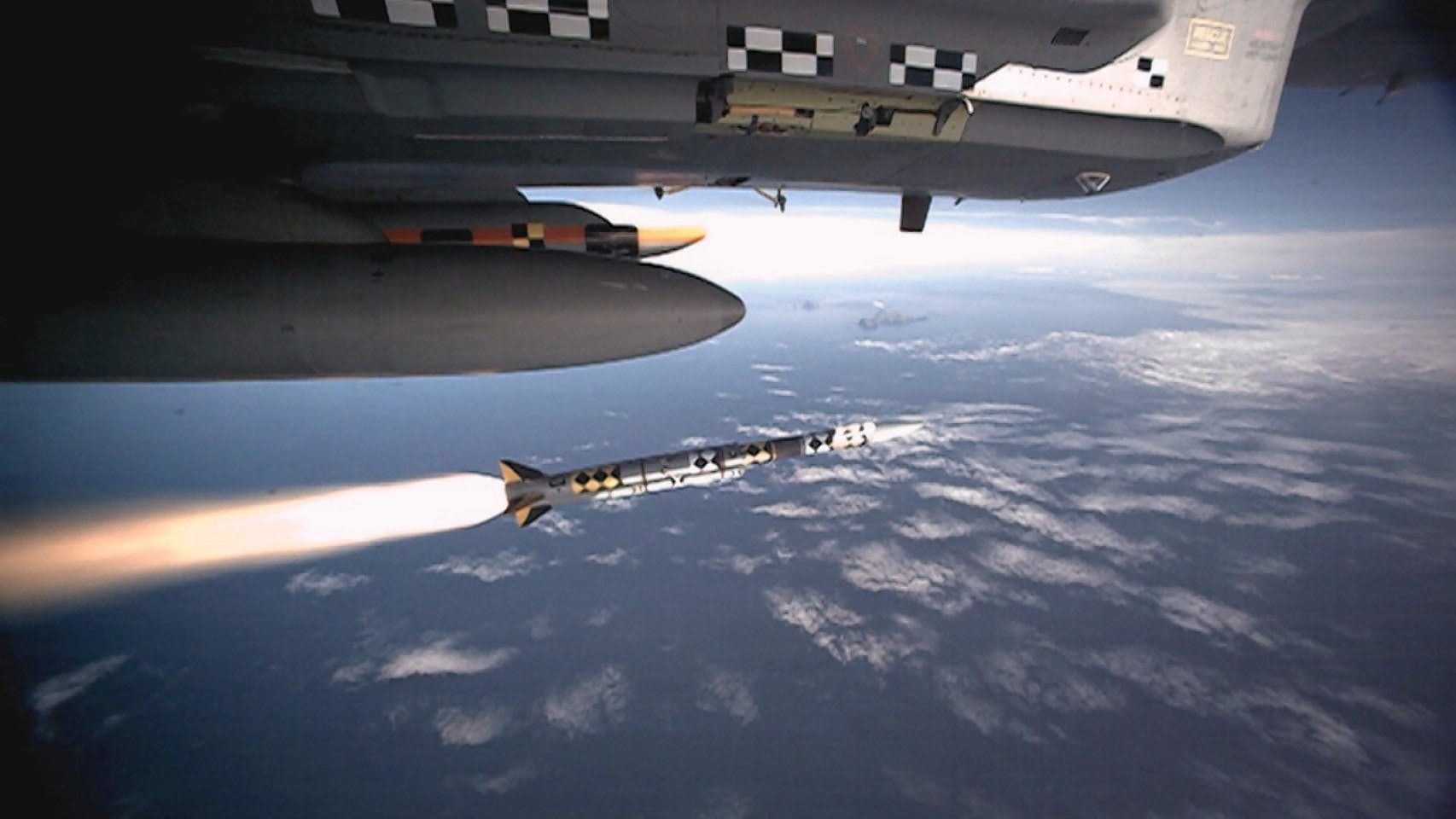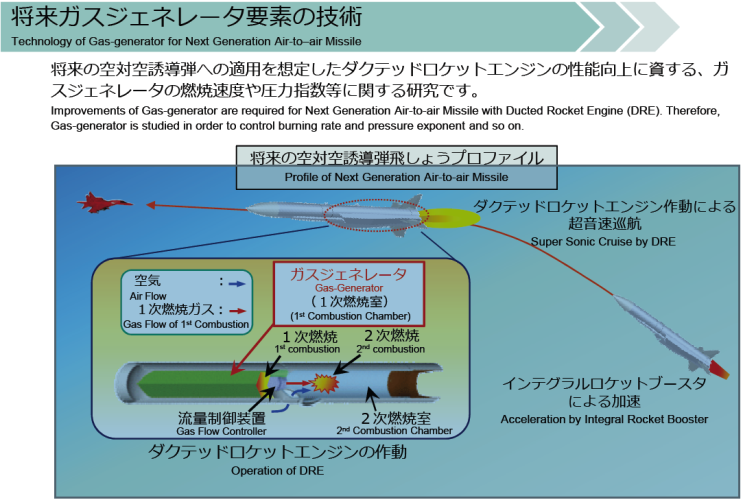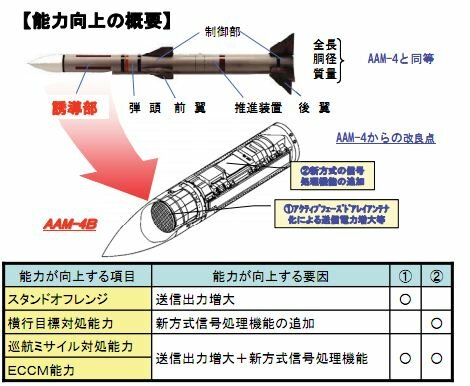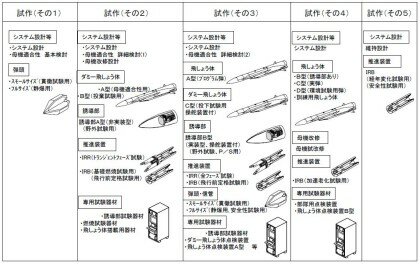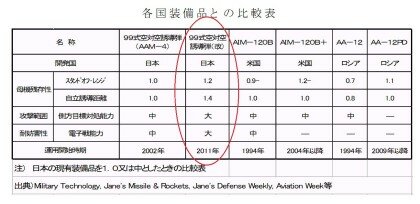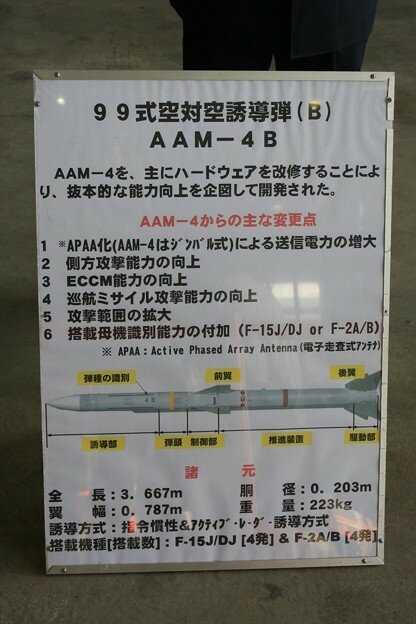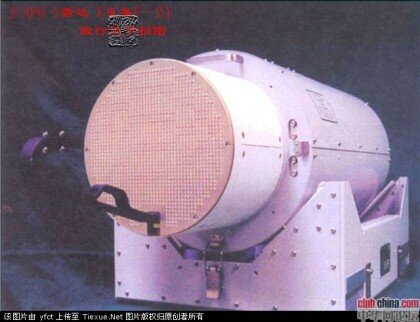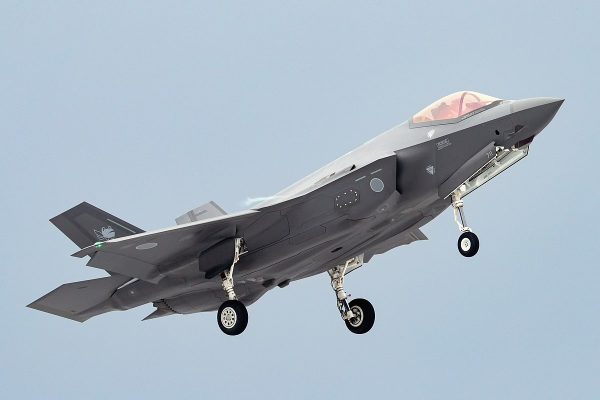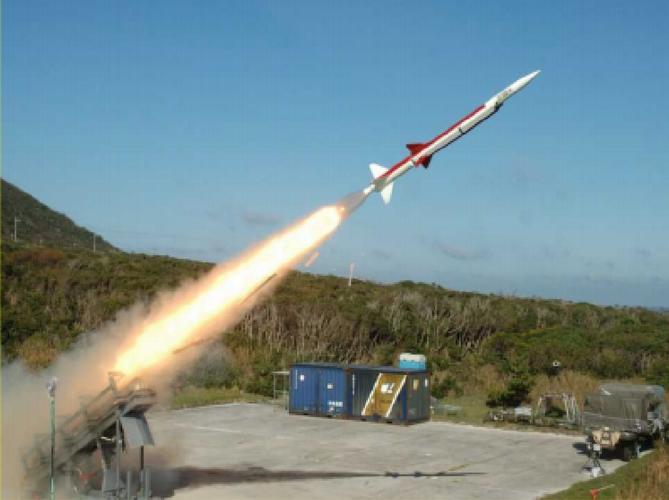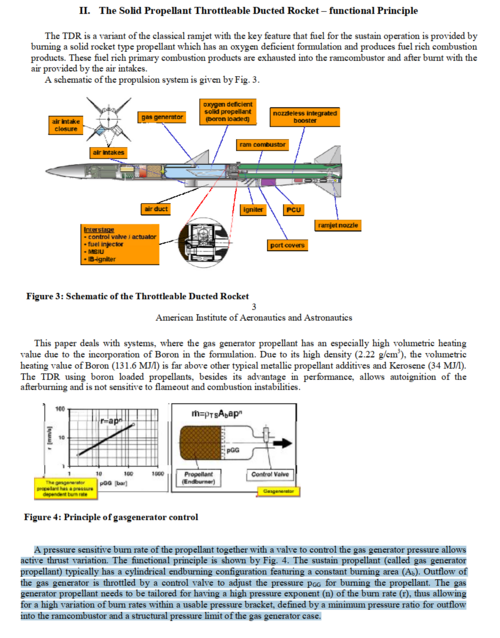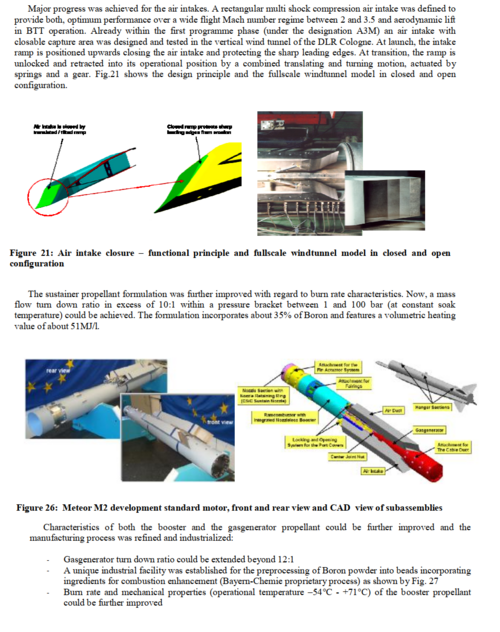"Japan, Britain To Launch Joint Missile Research"
Jul. 17, 2014 - 03:30PM |
By AGENCE FRANCE-PRESS
Source:
http://www.defensenews.com/article/20140717/DEFREG03/307170036/Japan-Britain-Launch-Joint-Missile-Research
Jul. 17, 2014 - 03:30PM |
By AGENCE FRANCE-PRESS
Source:
http://www.defensenews.com/article/20140717/DEFREG03/307170036/Japan-Britain-Launch-Joint-Missile-Research
TOKYO — Japan said Thursday it would join forces with Britain to jointly develop missile technology for fighter jets, while also moving to export Japanese-made parts for US surface-to-air missiles.
The decision comes several months after Japan lifted a self-imposed ban on weapons exports, as Prime Minister Shinzo Abe looks to expand Japan’s diplomatic and military presence on the global stage.
The exports would be the first since Japan in April approved a new policy that replaces its 1967 blanket ban on shipping arms overseas.
The joint research with Britain was linked to a European missile project called Meteor, with an initial emphasis on how current Japanese technology could enhance British-developed missiles, according to a statement jointly issued by several ministries, including Japan’s foreign and defense ministries.
The Meteor project, which is developing missiles for Eurofighter planes, is being led by Franco-British missile maker Matra BAe Dynamics (MBD) along with other European firms.
“We believe that we can create more sophisticated products by bringing together the finest technologies from both Britain and Japan,” a Japanese defense official told a press briefing Thursday evening.
In a separate decision, Tokyo would also allow US-bound exports of parts for the Patriot Advanced Capability-2 (PAC-2) missile defensesystem developed by Washington.
The parts were originally supplied by a US defense contractor that no longer makes the product.
An earlier report this month by the leading Nikkei business daily said Mitsubishi Heavy Industries plans to export a high-performance sensor for the PAC-2 missile defense system.
The sensor is a key component of an infrared device at the tip of the missile that identifies and tracks targets, the Nikkei said.
Under Japan’s new arms export rules, weapon sales are still banned to conflict-plagued countries or nations that could undermine international peace and security, and they must contribute to international peace and boost pacifist Japan’s security.

